In the trend of modern home decoration, the bathroom is no longer just a simple cleaning space; it is gradually endowed with functions that promote relaxation, soothing, and enjoyment. Consumers are not only concerned about practicality when renovating bathrooms, but are also increasingly focused on the experience and design aesthetics. In this context, the rain shower system quickly became popular and became the first choice for many families to create modern bathrooms.
The Rain shower system simulates the natural flow of rainfall, creating a shower experience that feels like being in a tropical rainforest for users. Its wide nozzle and uniform water flow distribution can bring immersive comfort. However, at the same time, such systems also have some limitations that cannot be ignored, such as high water consumption, complex installation, and high budget.
This article will combine industry data, market trends, and consumer feedback to analyse the advantages and disadvantages of rain shower systems in bathroom renovation from multiple perspectives, helping homeowners and designers make more rational choices.
1. Industry trend: bathroom upgrade driven by high-end and experiential features
According to the National Kitchen & Bath Association's 2024 Bathroom Trends Report, approximately 31% of high-end bathroom renovation projects have installed rain shower systems. This proportion is particularly evident among young consumer groups, especially millennials and Generation Z users, who are more willing to pay for high-quality shower experiences.
In addition, a survey conducted by the Houzz platform in the United States reveals that the frequency of consumers searching for "rain shower" related products has increased by nearly 42% over the past three years, indicating a rapid growth in market demand. It can be said that the rain shower system has gradually moved from a luxurious configuration to popularisation.
2. The main advantages of the Rain Shower System
1. Immersive bathing experience
The most considerable charm of a rain shower lies in its ability to simulate the natural flow of rainfall. The large-area top spray head can cover the entire body, providing a relaxed and even water flow sensation that helps users relieve stress. This experience has become an essential way for many people to improve their physical and mental state in busy urban life.
2. Enhance the beauty and grade of the bathroom
Rain shower systems are typically equipped with ultra-thin stainless steel or chrome top spray, with a simple and elegant design that seamlessly blends with modern bathroom styles. It is not just a bathroom product, but rather a decorative element that enhances the space's texture, instantly presenting a high-end spa-like atmosphere in the bathroom.
3. Diversified functions
In addition to the top spray function, many rain shower systems also combine handheld showerheads, massage nozzles, temperature control, and other configurations. Consumers can switch flexibly according to their different needs, from gentle showering to vigorous rinsing, to meet various living scenarios.
4. Promote relaxation and health
A large area of water flow coverage can help relieve muscle tension, similar to the effect of mild massage, and is particularly beneficial for individuals who are chronically tired and have stiff shoulders and necks. At the same time, warm water shock can promote blood circulation, improve the comfort and health value of bathing.
5. Enhance the value of the house
In the real estate market, high-end bathroom configurations often enhance the resale value of the overall house. Installing a rain shower system is seen as a "value-added investment", especially favoured by high-end buyers.
3. The main drawbacks of the Rain Shower System
1. High water consumption
The comfortable experience of a rain shower often means a broader coverage of water flow. Compared to regular showerheads, their water consumption per unit time may be 20% -40% higher. For users who prioritise environmental protection or reside in areas with high water bills, this may become a long-term burden.
2. Complex installation and high renovation costs
Rain shower systems typically require a top wall outlet, which means that the renovation process may involve ceiling openings, laying hidden pipes, and other work. For already formed bathroom structures, installation difficulty and cost will significantly increase.
3. High water pressure requirements
A rain shower requires stable and sufficient water pressure to ensure ideal shower results. If the home water pressure is insufficient, the user experience will be significantly reduced, and problems such as limited water flow and incomplete coverage may occur.
4. Difficulty in cleaning and maintenance
Large-scale top spraying can easily form scale in areas with hard water quality. If not cleaned promptly, it may block the spray hole, affecting the uniformity of the effluent. Additionally, the cost of replacing parts for specific systems is relatively high, and long-term maintenance expenses should not be overlooked.
5. Not suitable for quick showers
For users who only need a quick rinse, rain showers may appear too luxurious, as top spray designs often prioritise experience over efficiency. When rushing out in the morning, such systems may not be as convenient as traditional handheld showerheads.

4. Consumer feedback and market response
In a user survey conducted by Consumer Reports in 2024, it was found that:
82% of users reported that the rain shower system significantly improved their shower experience;
69% of users believe that this device has improved the overall quality of the bathroom.
However, at the same time, 41% of users reported that their water usage is relatively high, which increases their billing burden.
28% of users mentioned that the installation process was more complex than expected and required additional budget.
This indicates that the rain shower system is indeed popular among users, but it also comes with a certain "usage threshold".
5. How to choose a Rain Shower System reasonably in bathroom renovation?
Confirm water pressure conditions: Test the household water pressure before installation to ensure that it can support the regular operation of large-area nozzles.
Choose water-saving products: Many brands have launched rain showers equipped with air injection or flow restriction devices, which allow for a comfortable experience while reducing water usage.
Combining multifunctional design: By combining a top spray with a handheld showerhead, you can enjoy a relaxing experience while efficiently meeting your daily cleaning needs.
Advance budget planning: The purchase and installation costs of rain showers are higher than those of regular showerheads, and it is recommended to include them in the overall budget during the early stages of decoration.
Regular cleaning and maintenance: Clean the nozzle every few months to prevent scale accumulation and maintain smooth water flow.
6. Conclusion
The Rain shower system is a bathroom upgrade option that combines luxury and functionality.
It can significantly enhance the comfort of the shower and the beauty of the bathroom, meeting the modern family's pursuit of a high-quality life. However, it also faces practical challenges such as high water consumption, complex installation, and high maintenance costs.
For users who value experience and design, the rain shower system is undoubtedly a worthwhile investment choice. For individuals with limited budgets or fast-paced lifestyles, water-saving or hybrid showerhead systems may be a more suitable option.
With the continuous advancement of technology, such as the popularisation of intelligent temperature control and water-saving design, rain shower systems are expected to find a better balance between comfort and environmental protection in the future, becoming a standard in more home bathroom renovations.

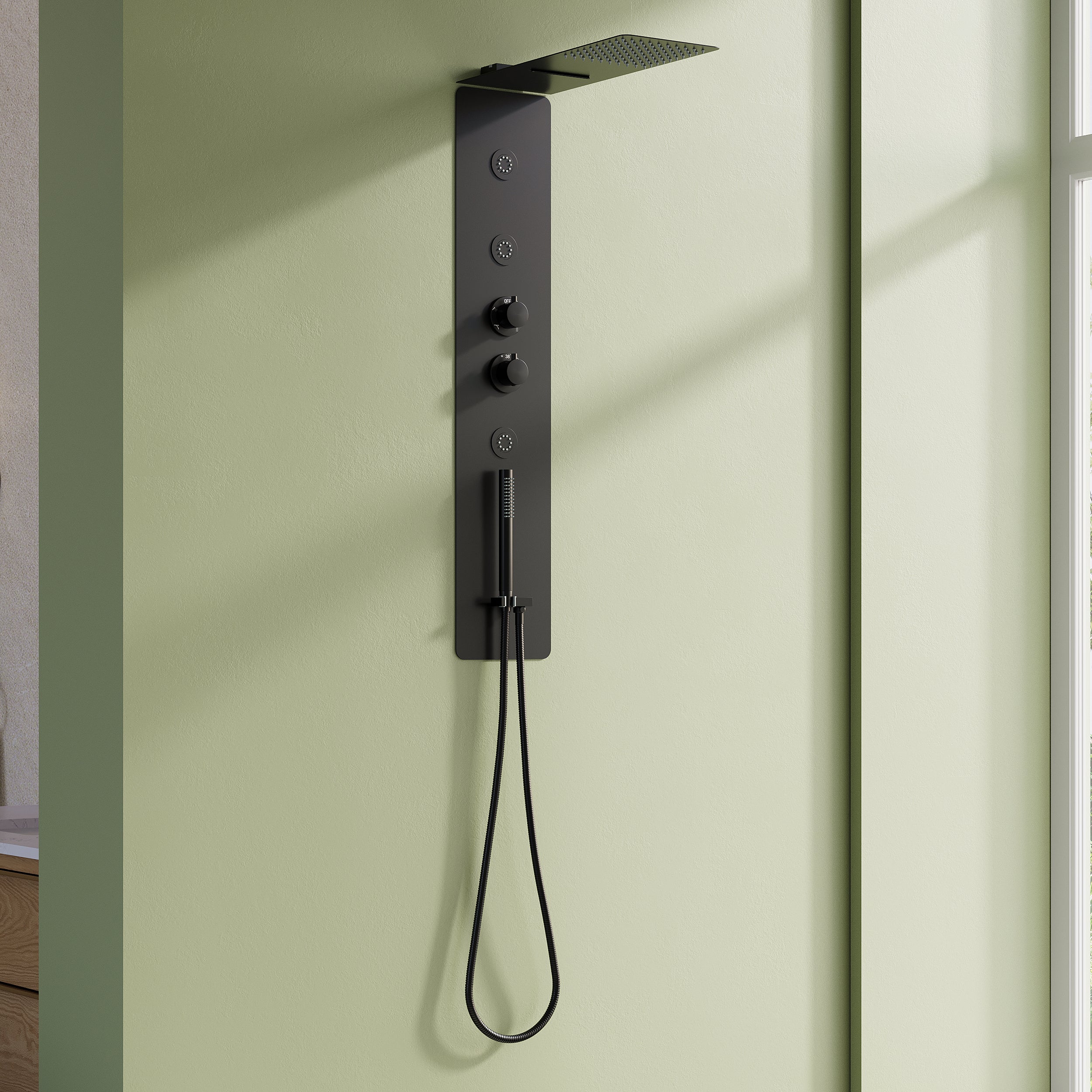






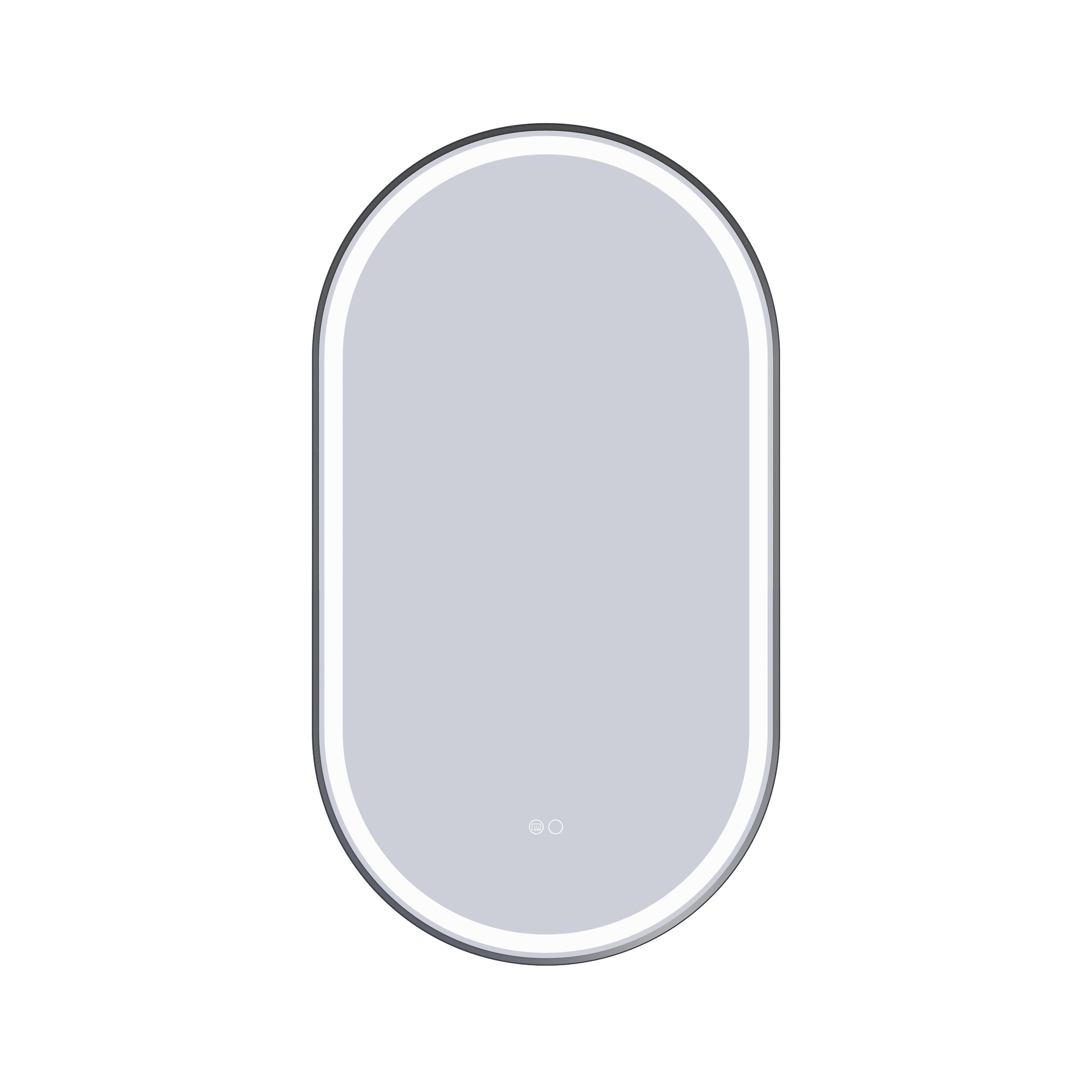



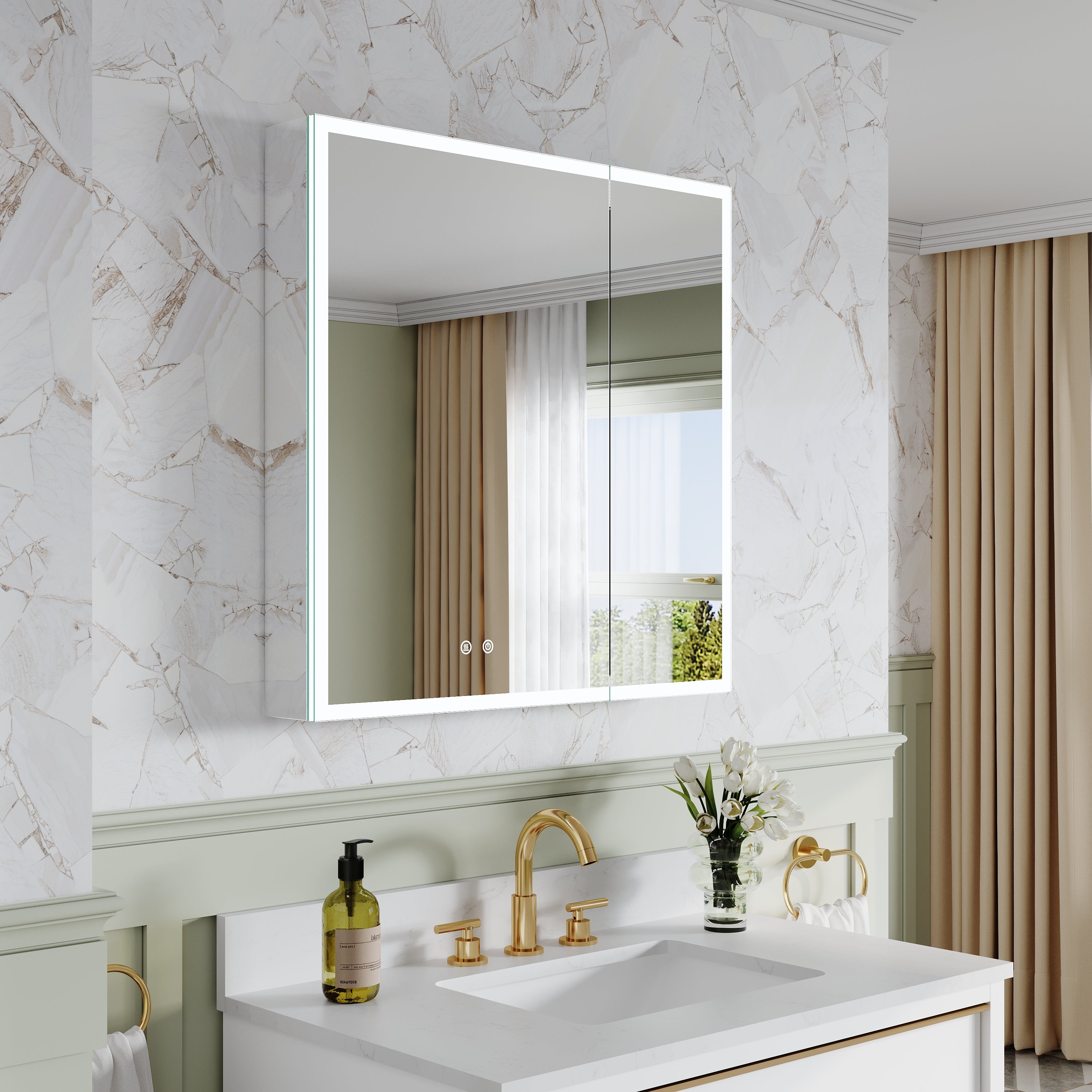
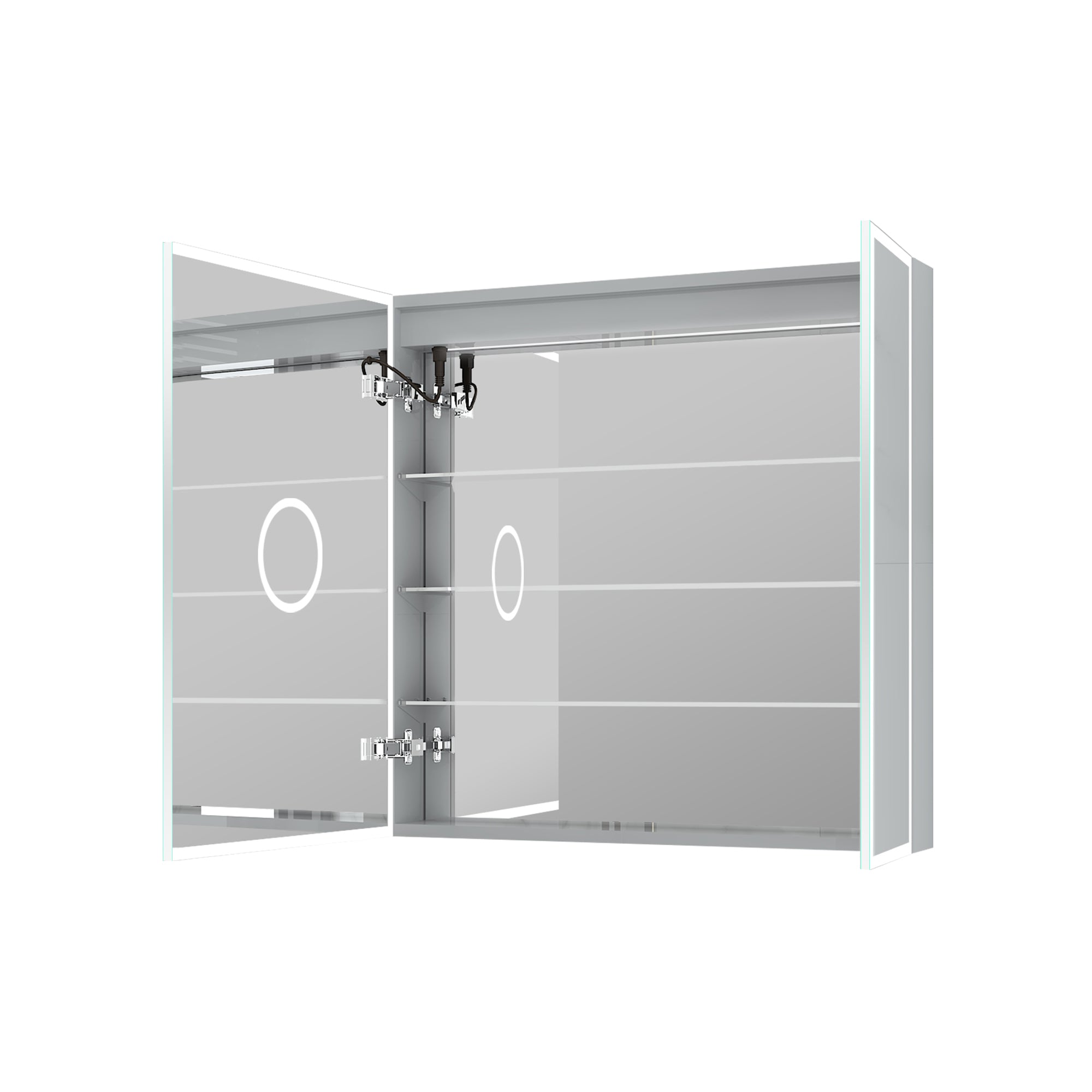
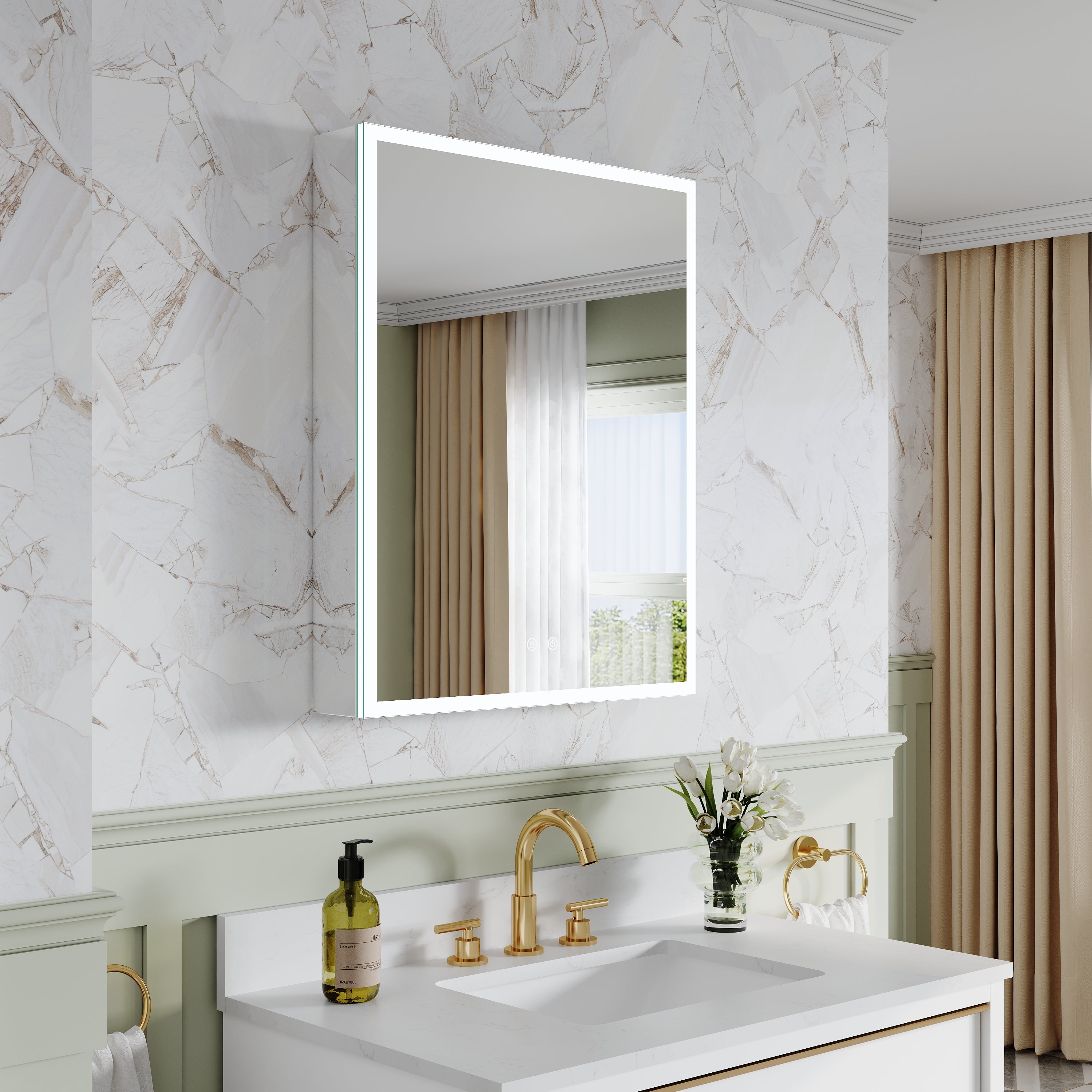
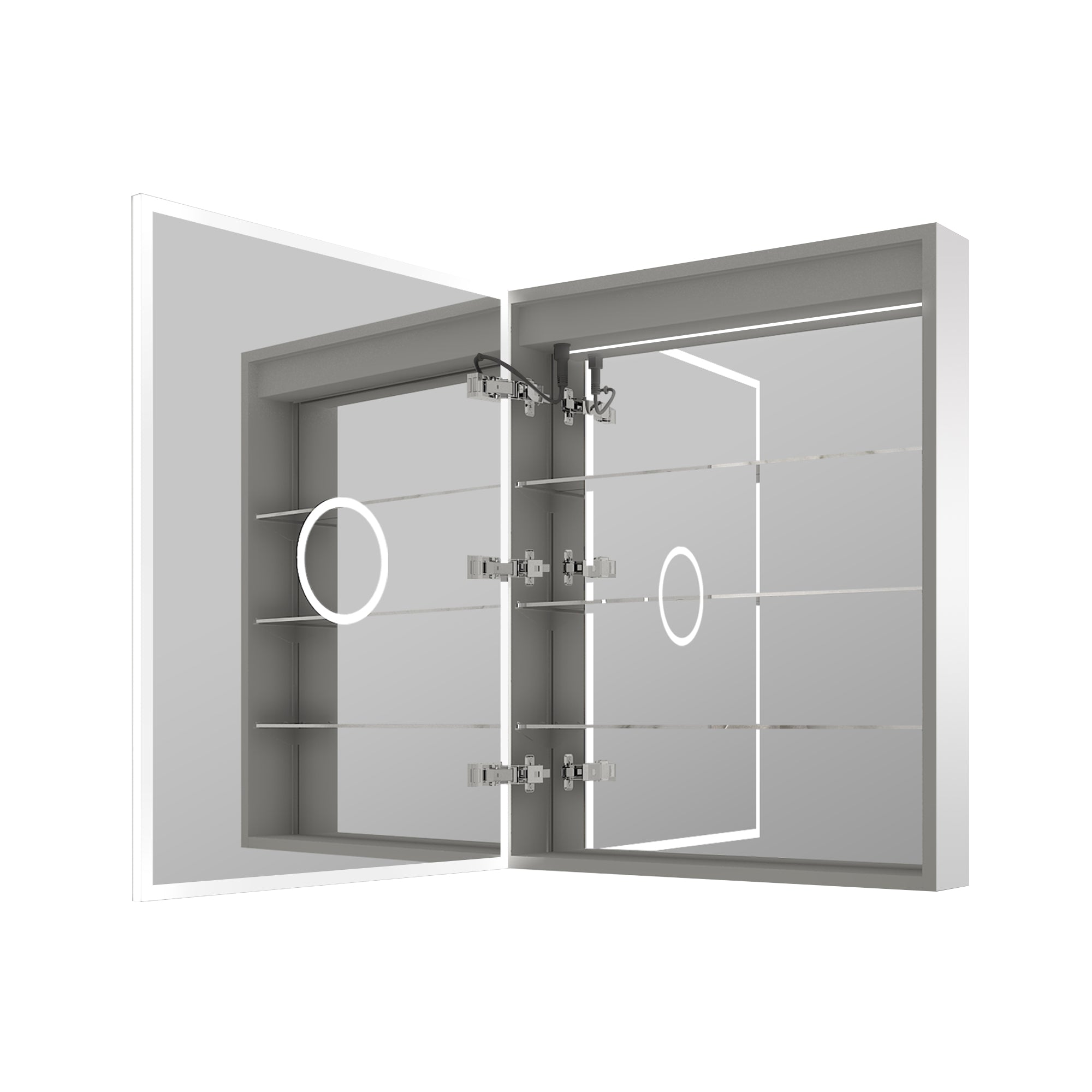
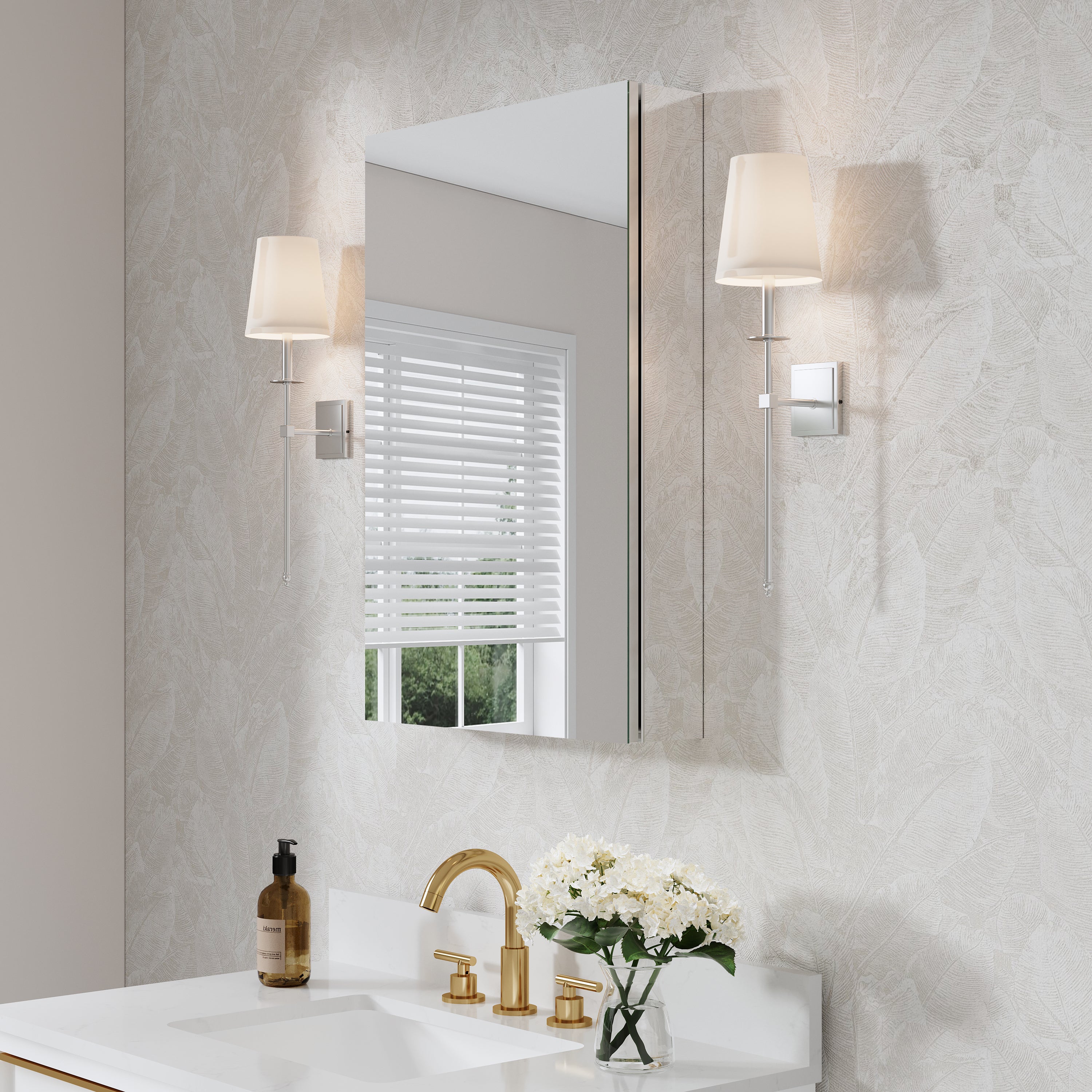
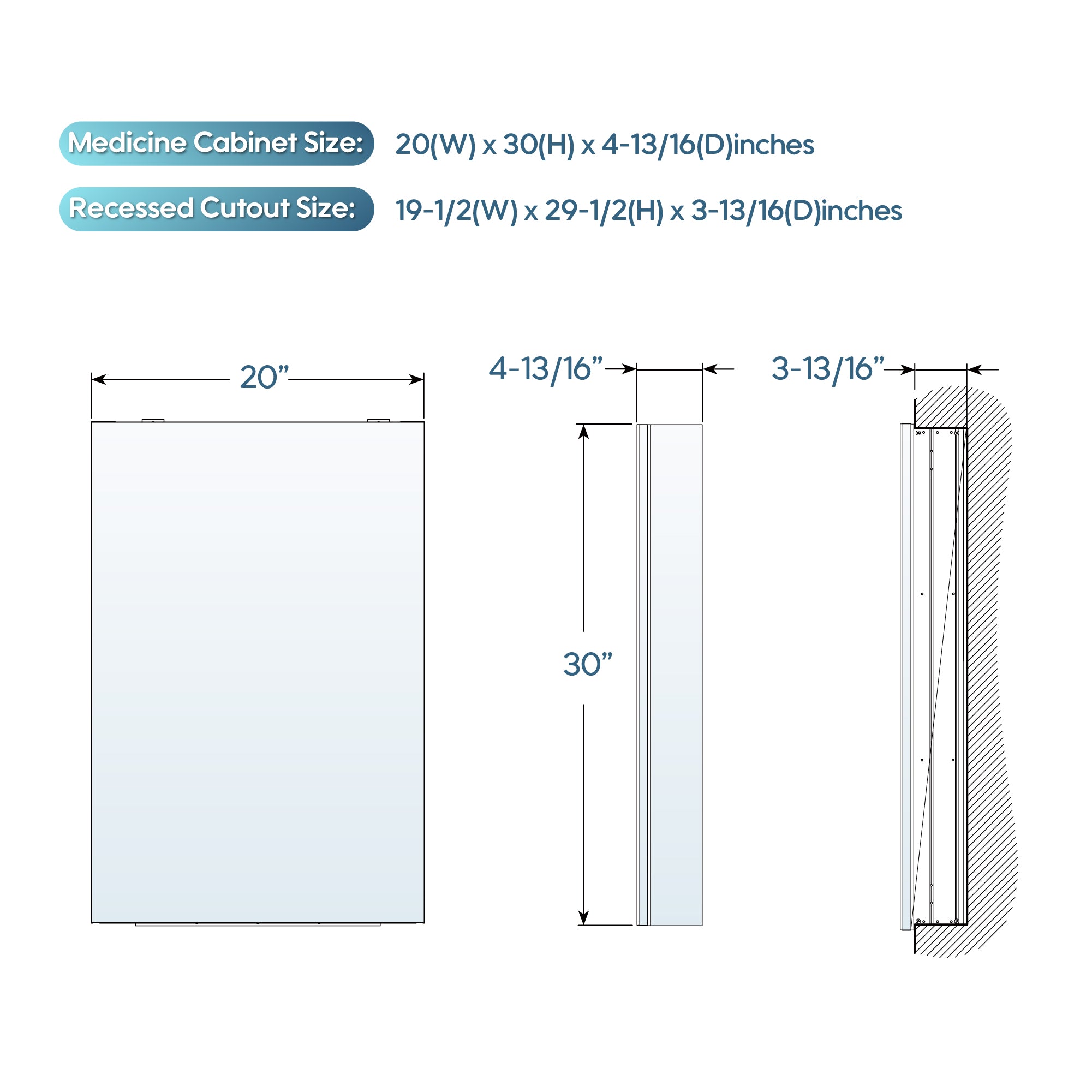
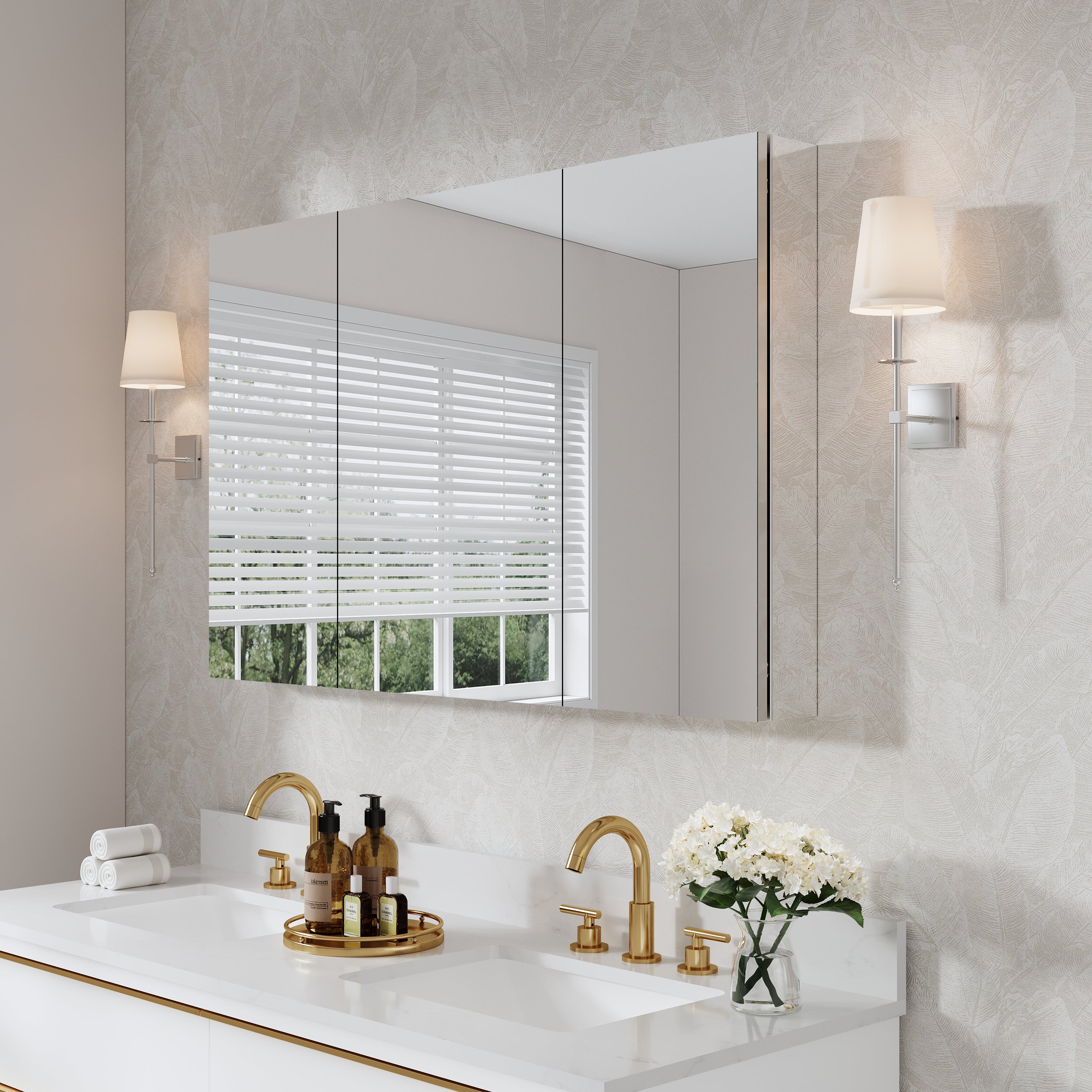
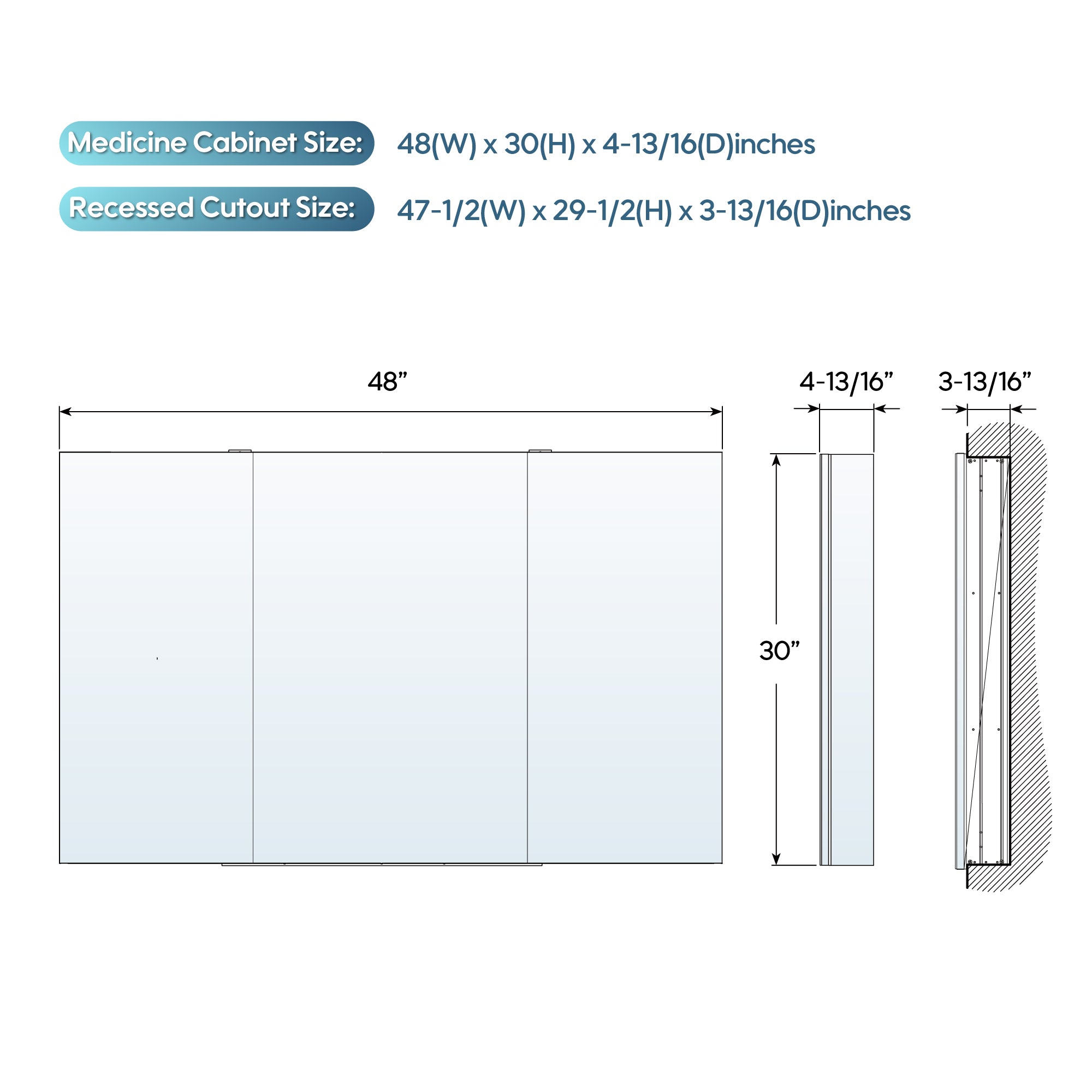
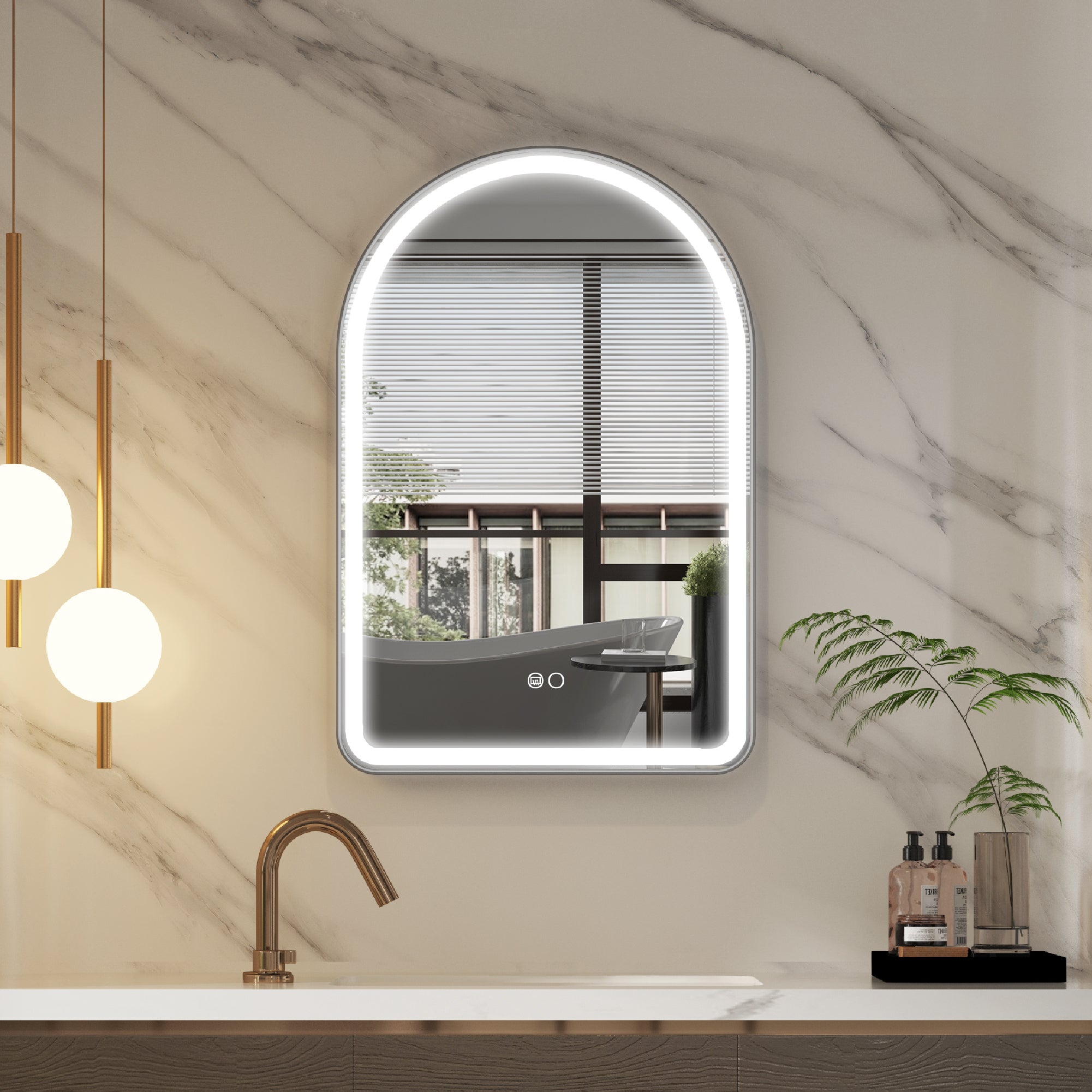
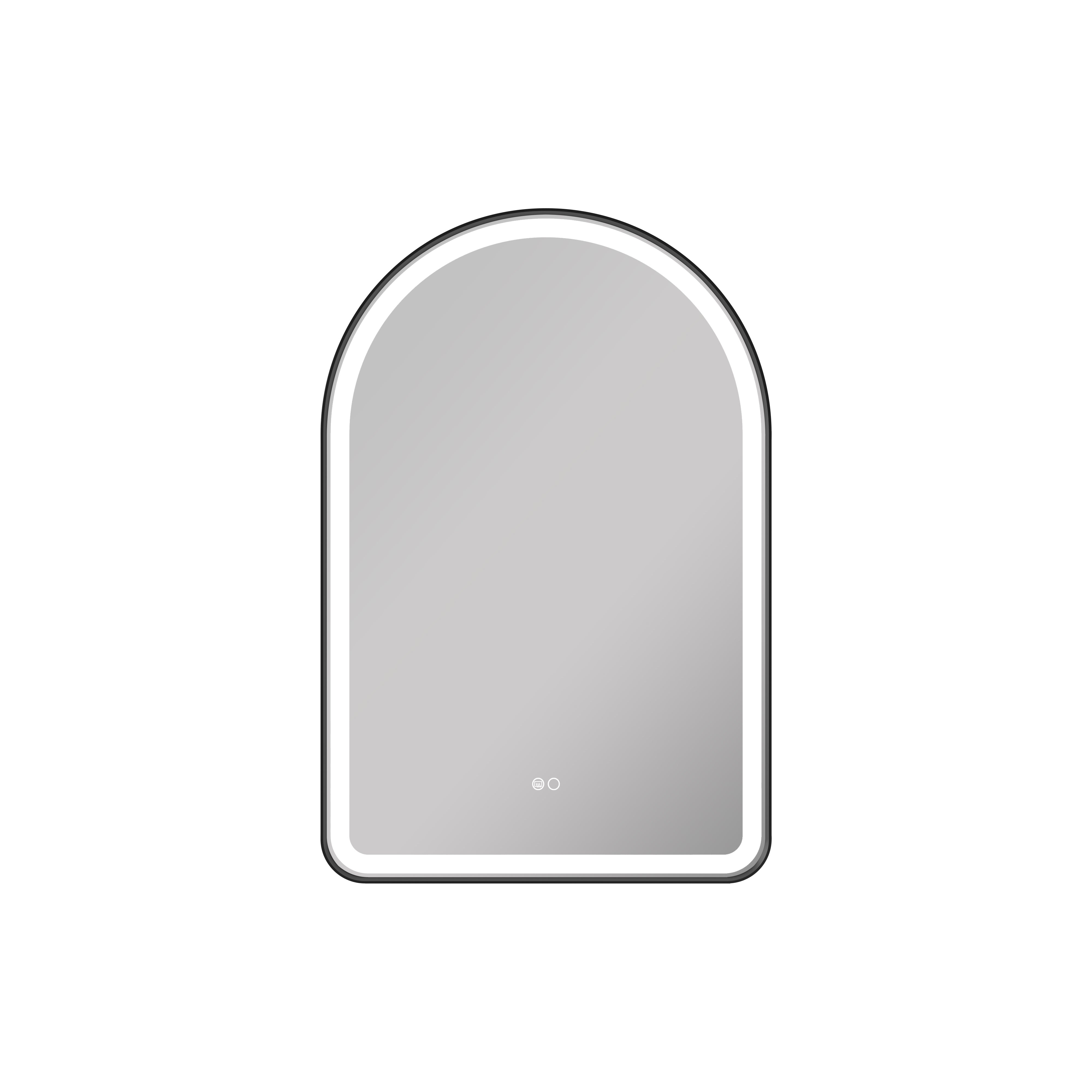


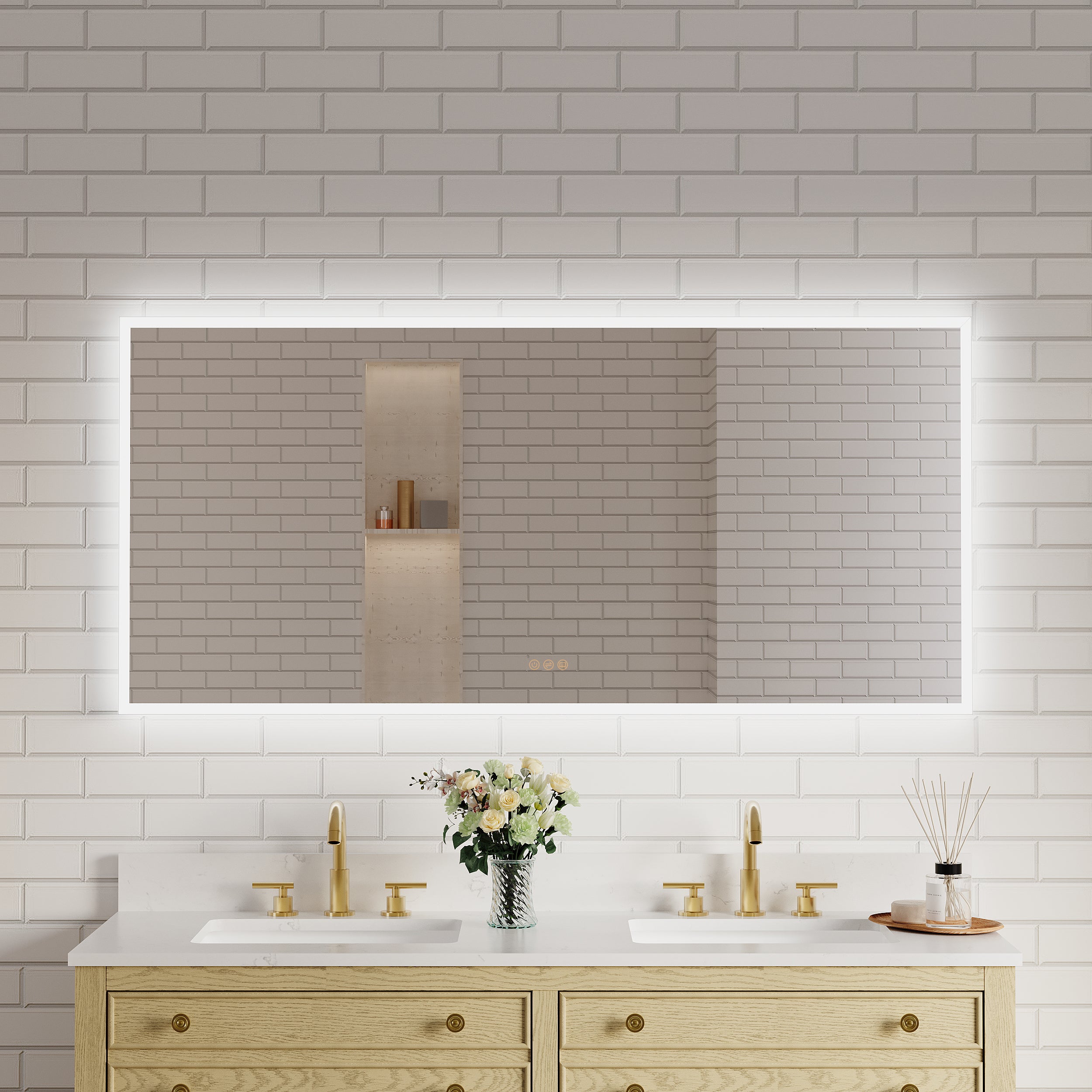

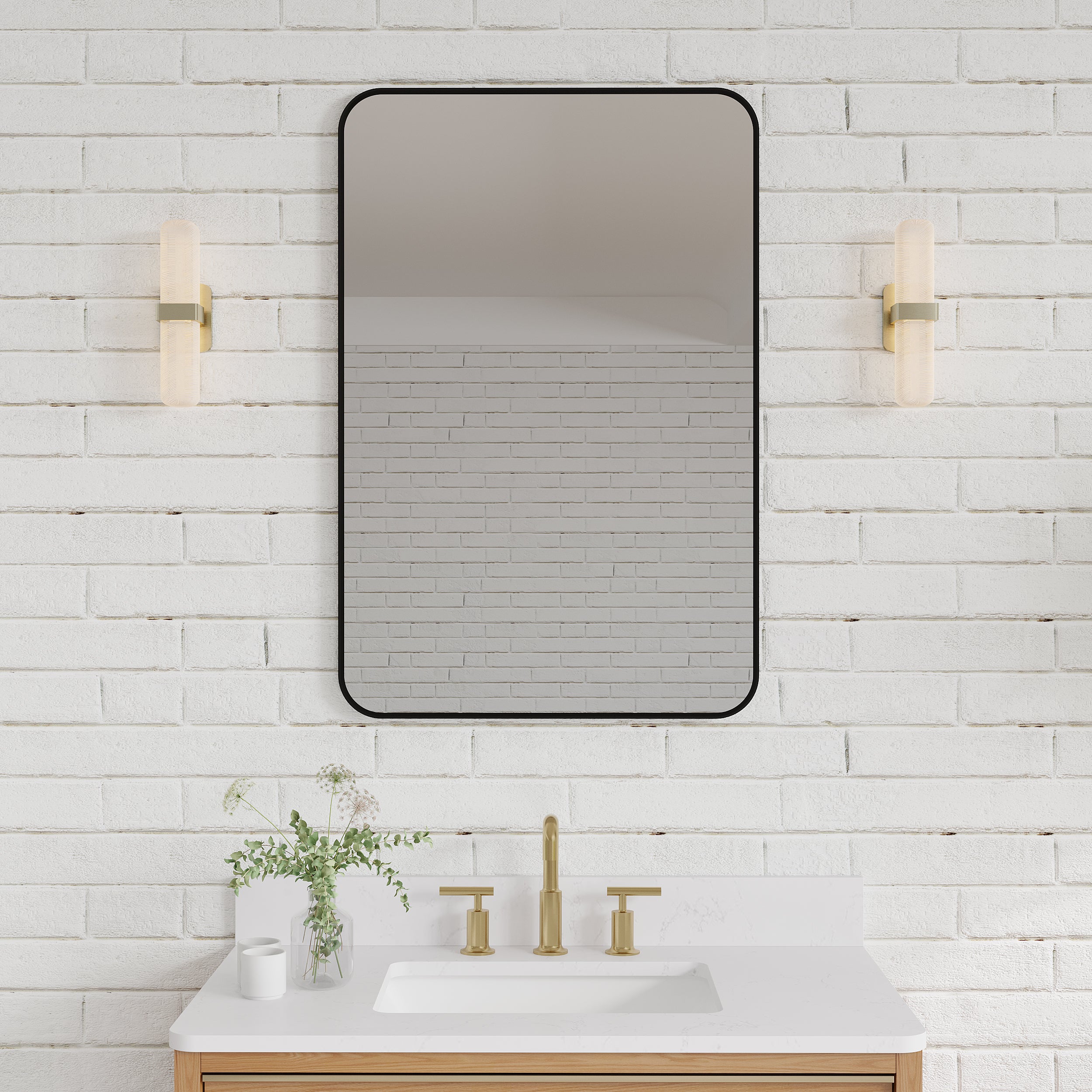
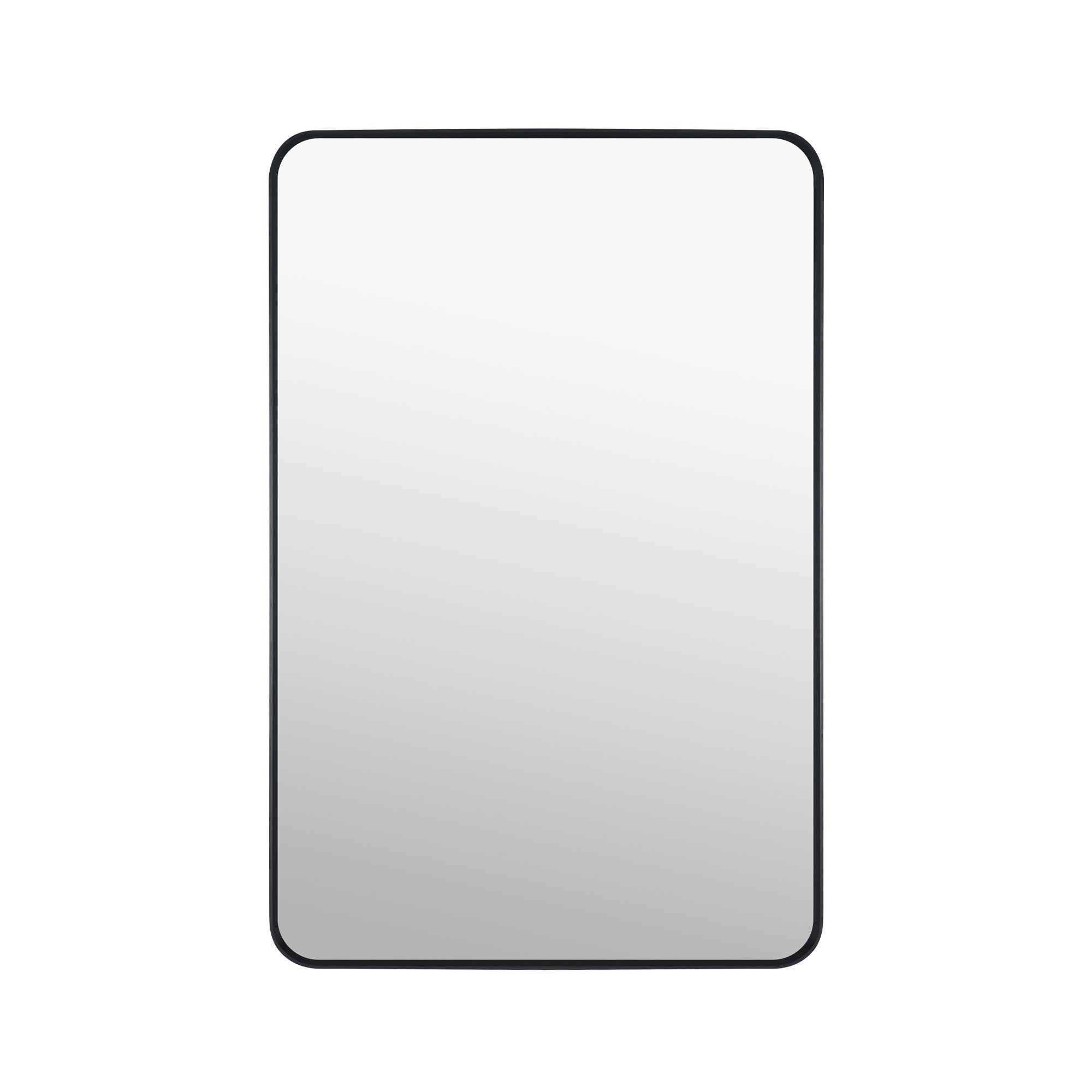
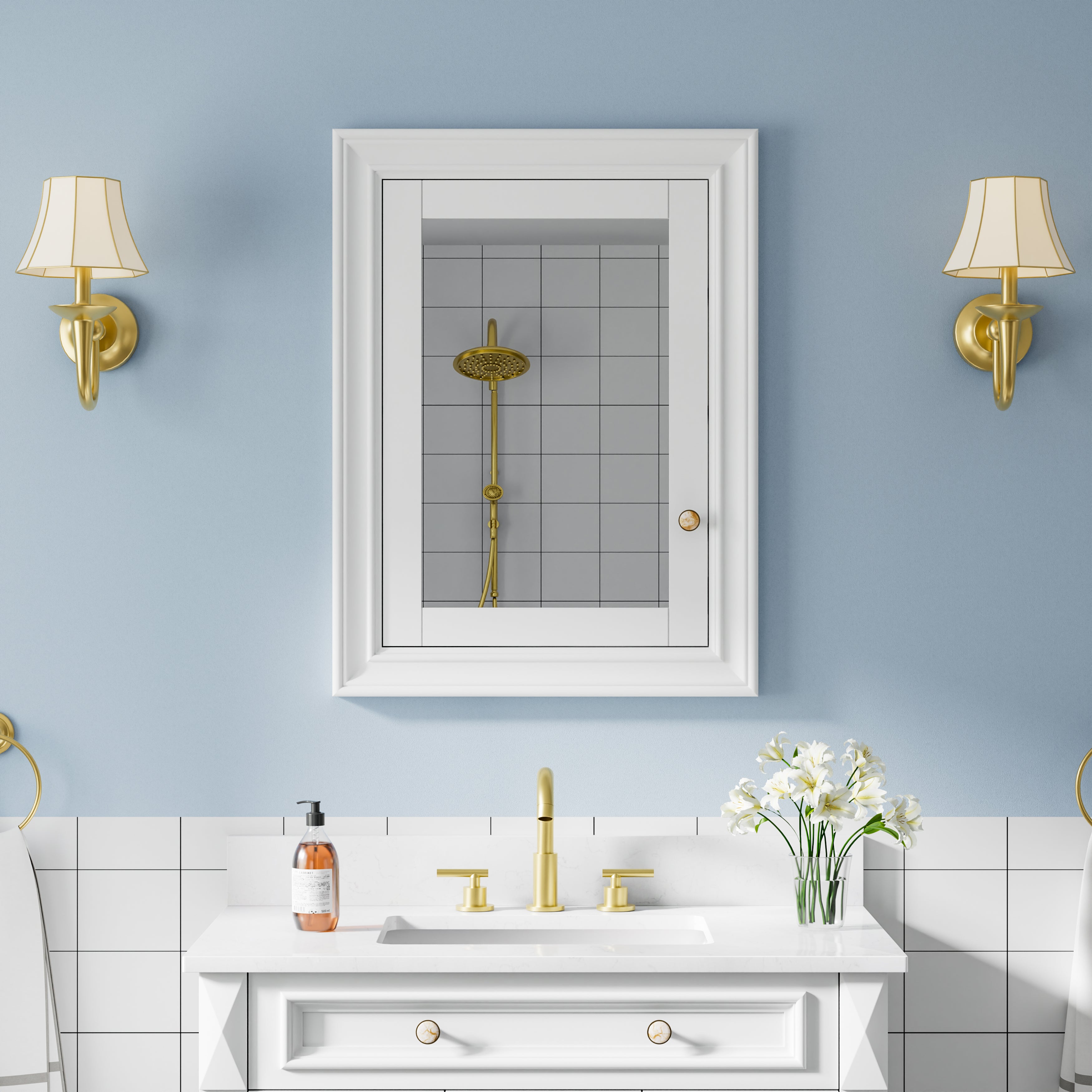
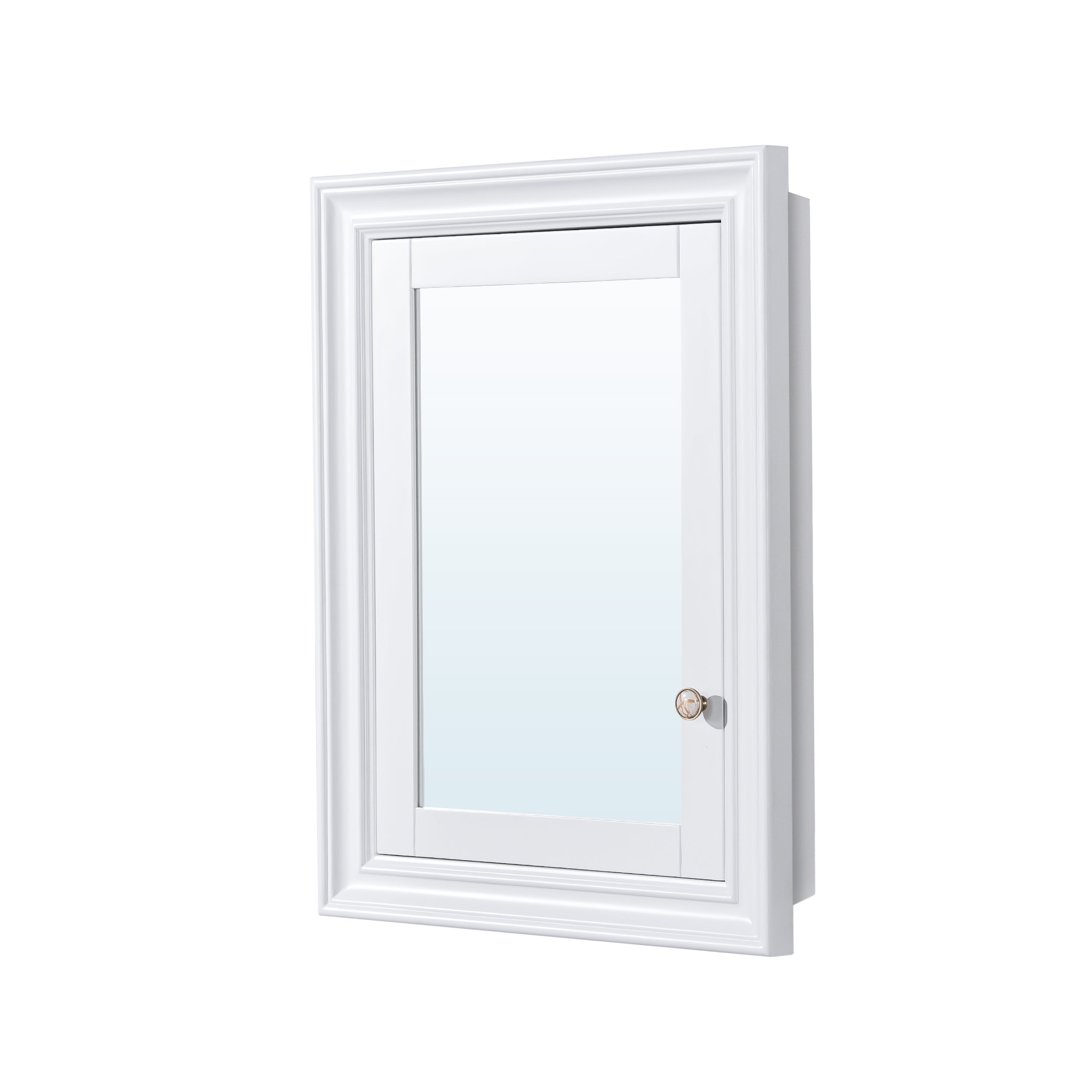










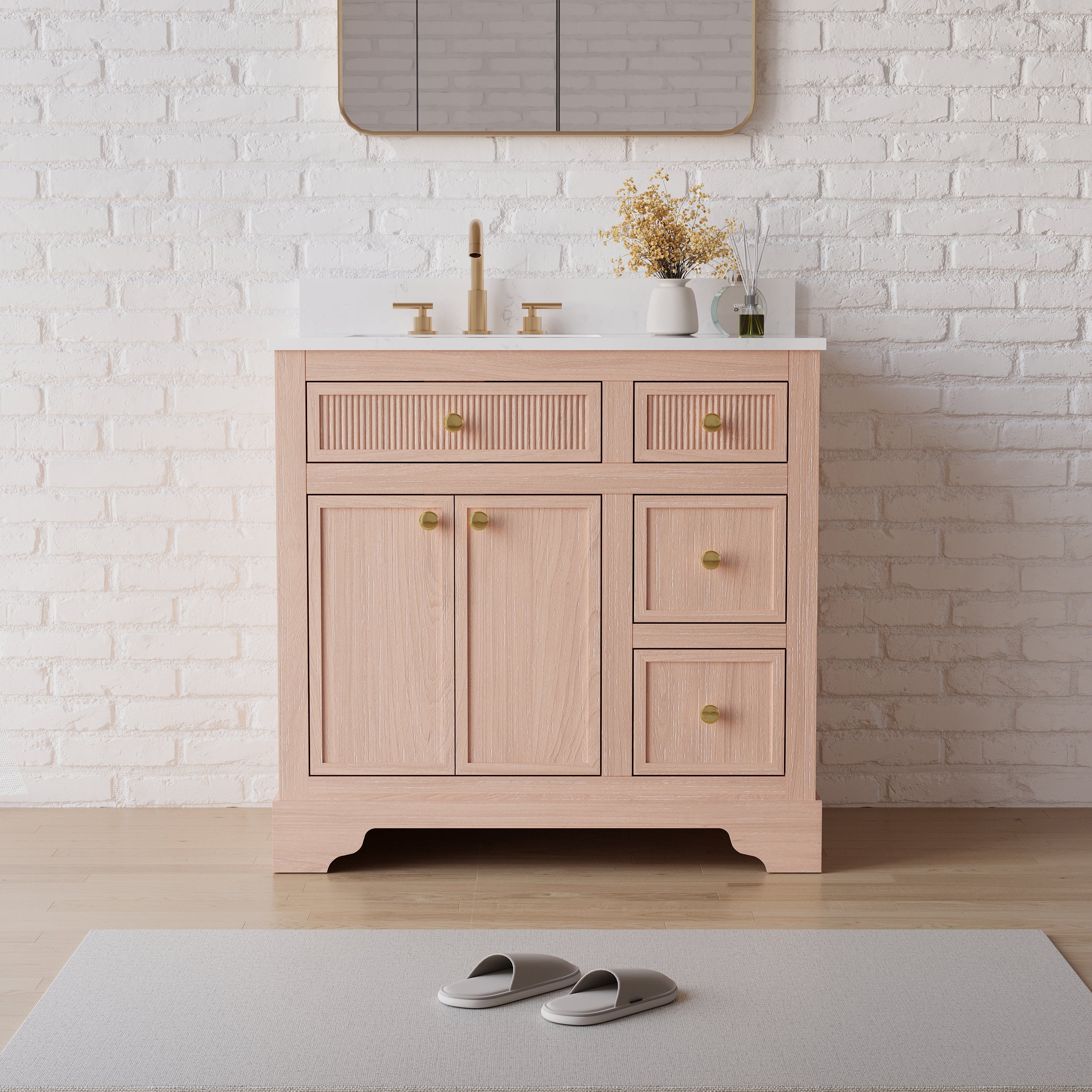
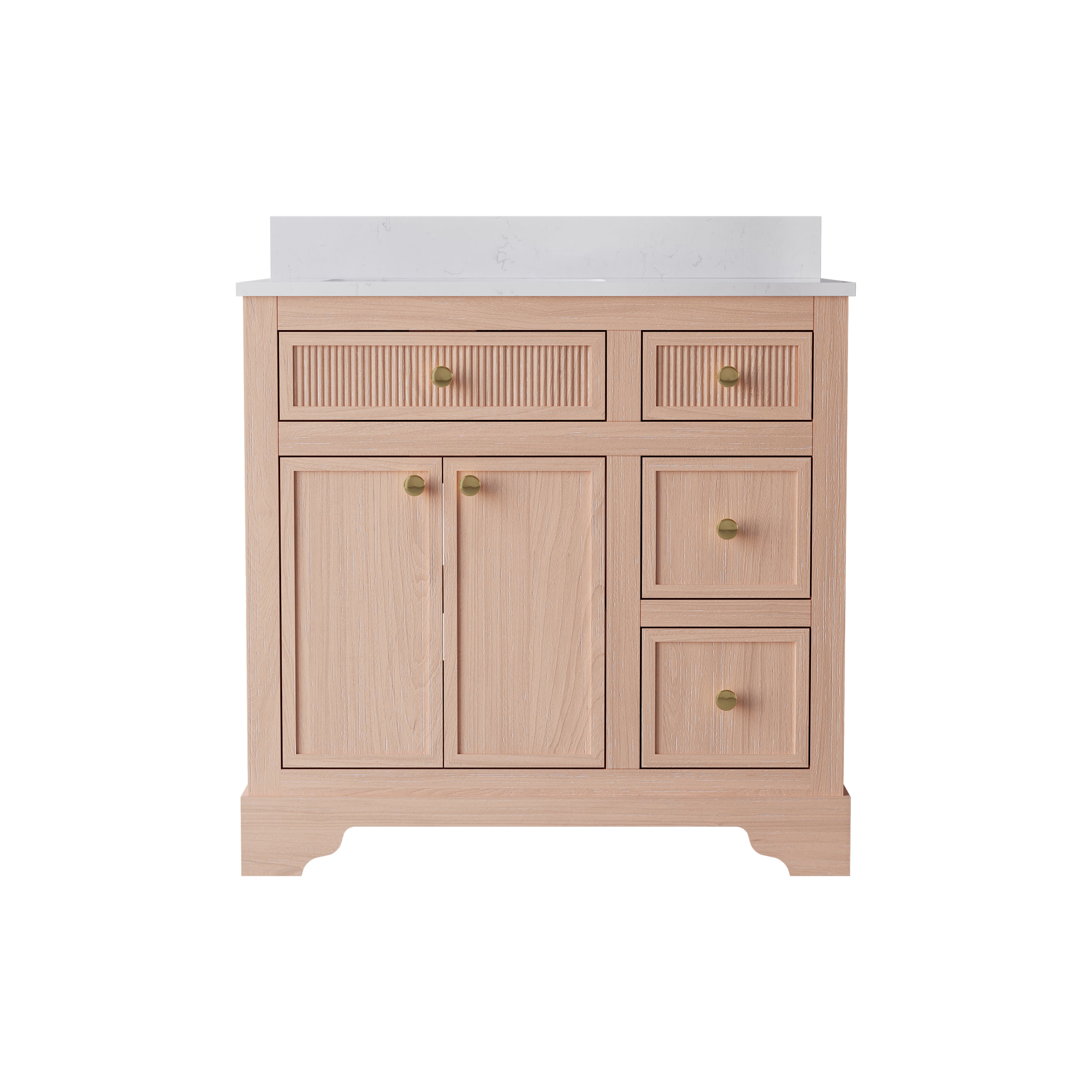
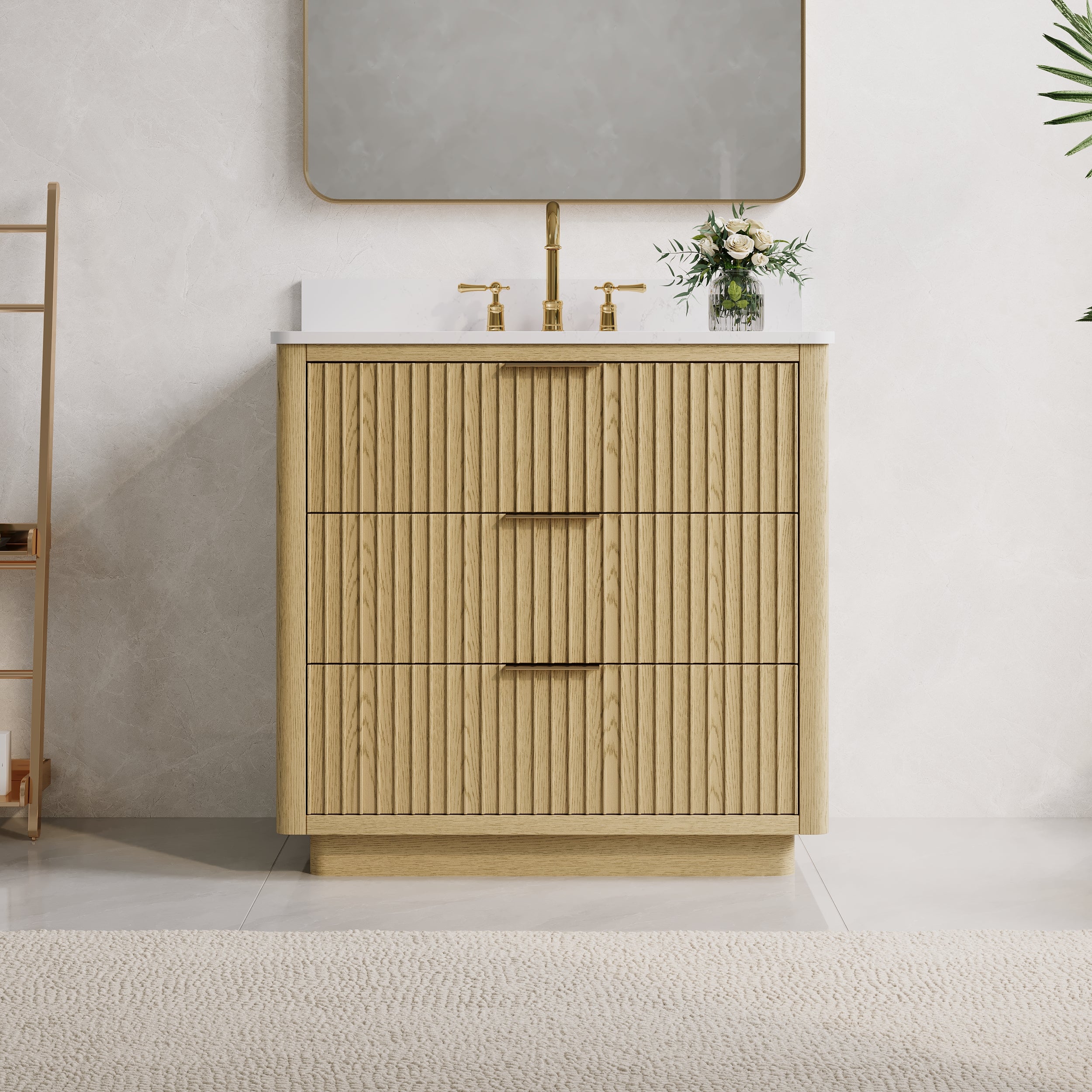
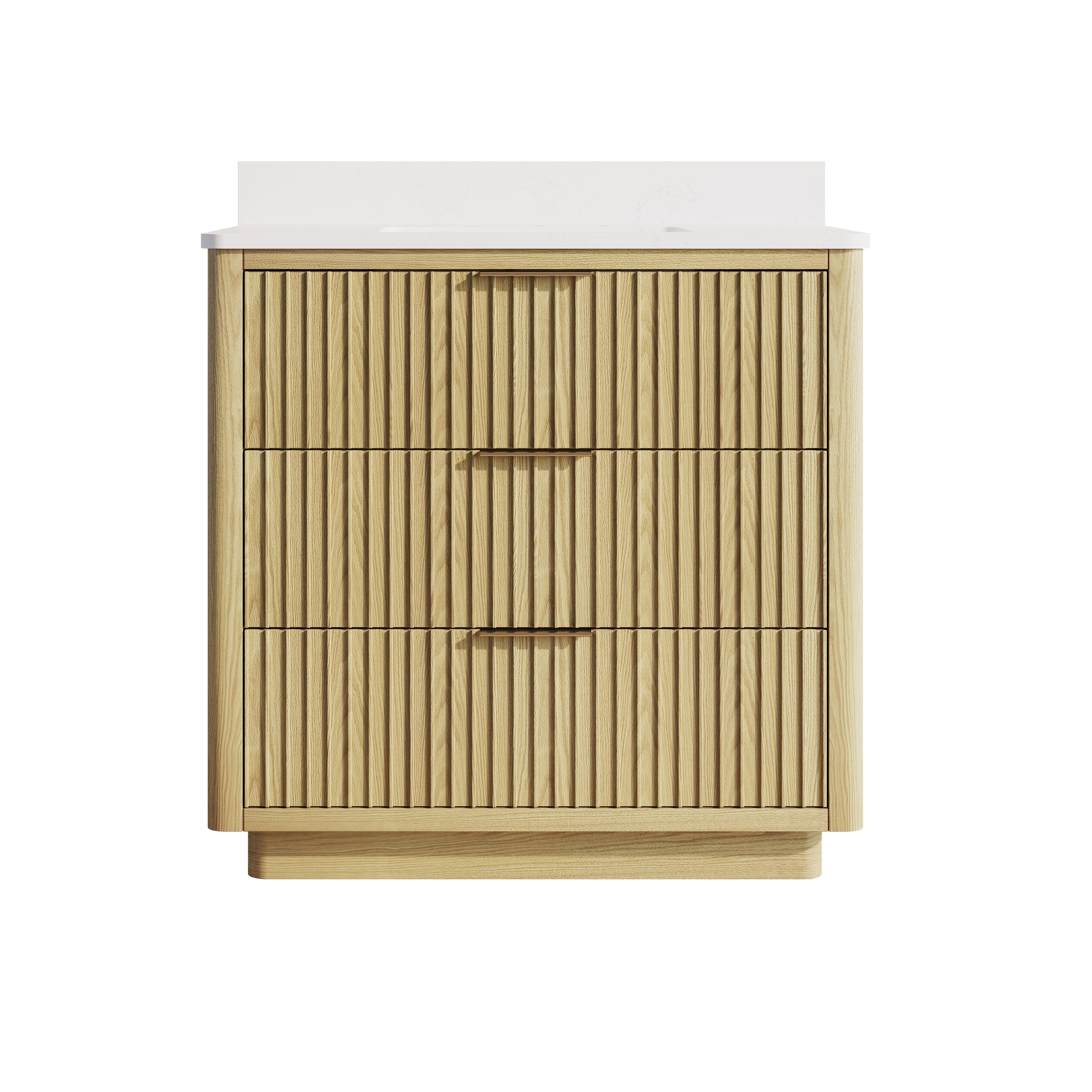
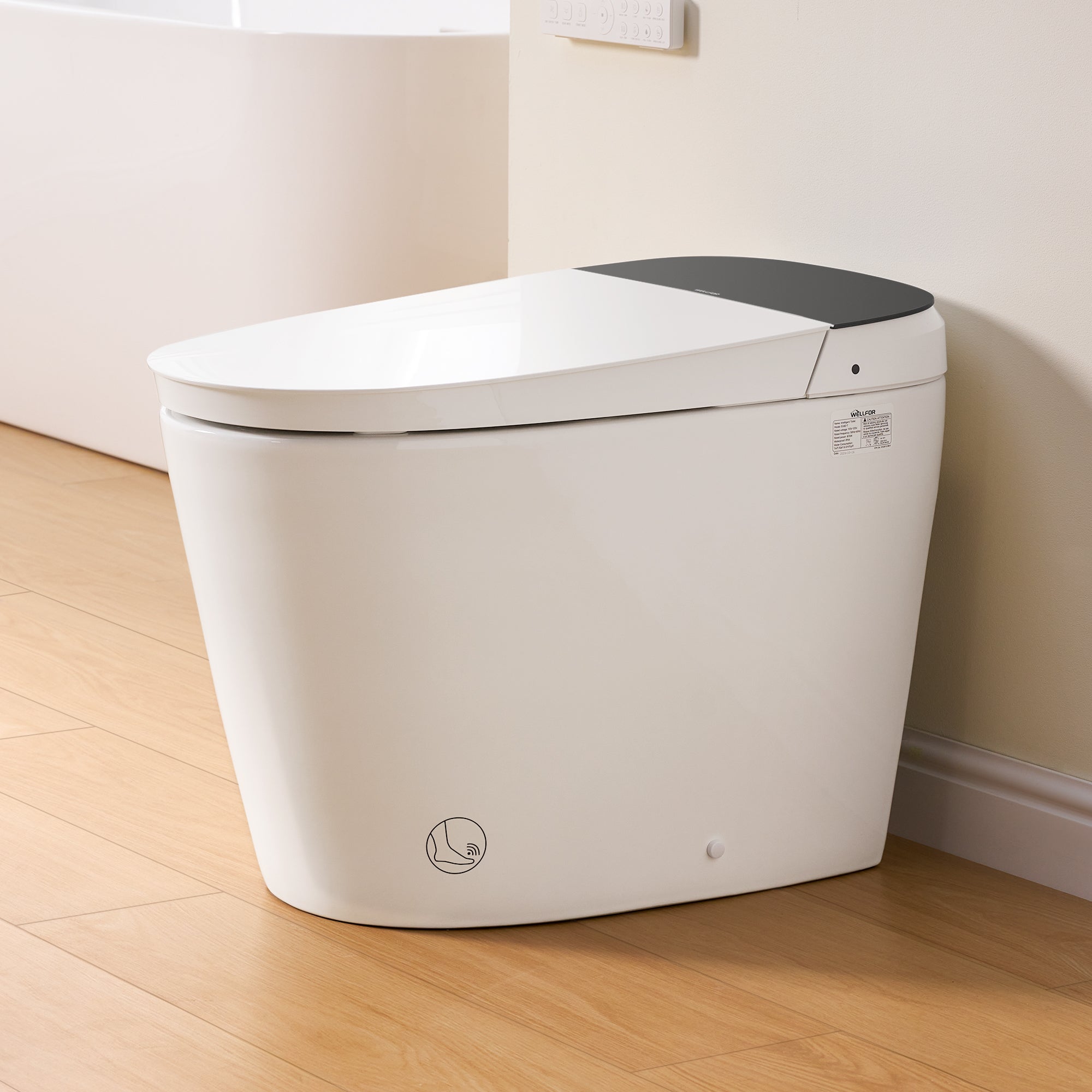
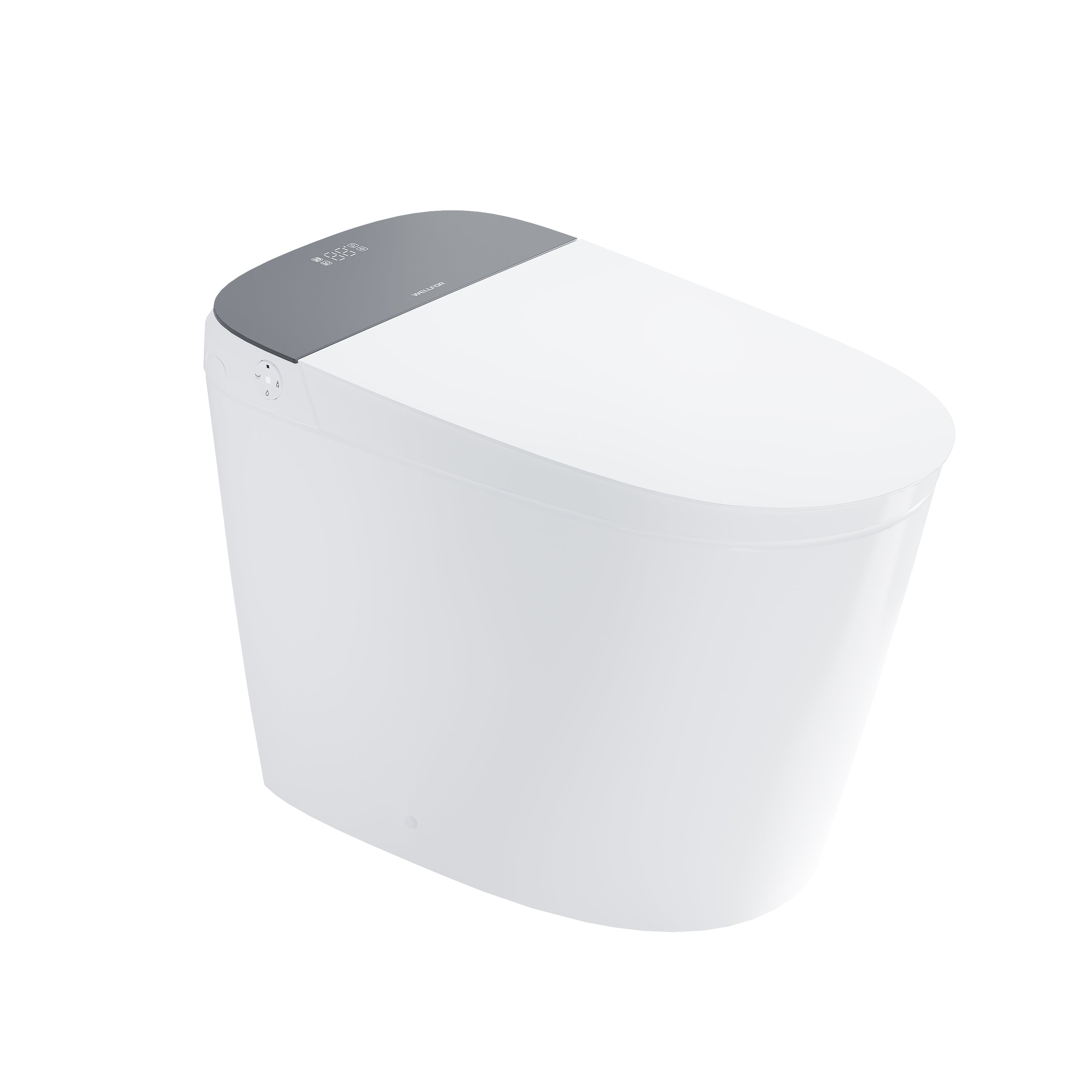
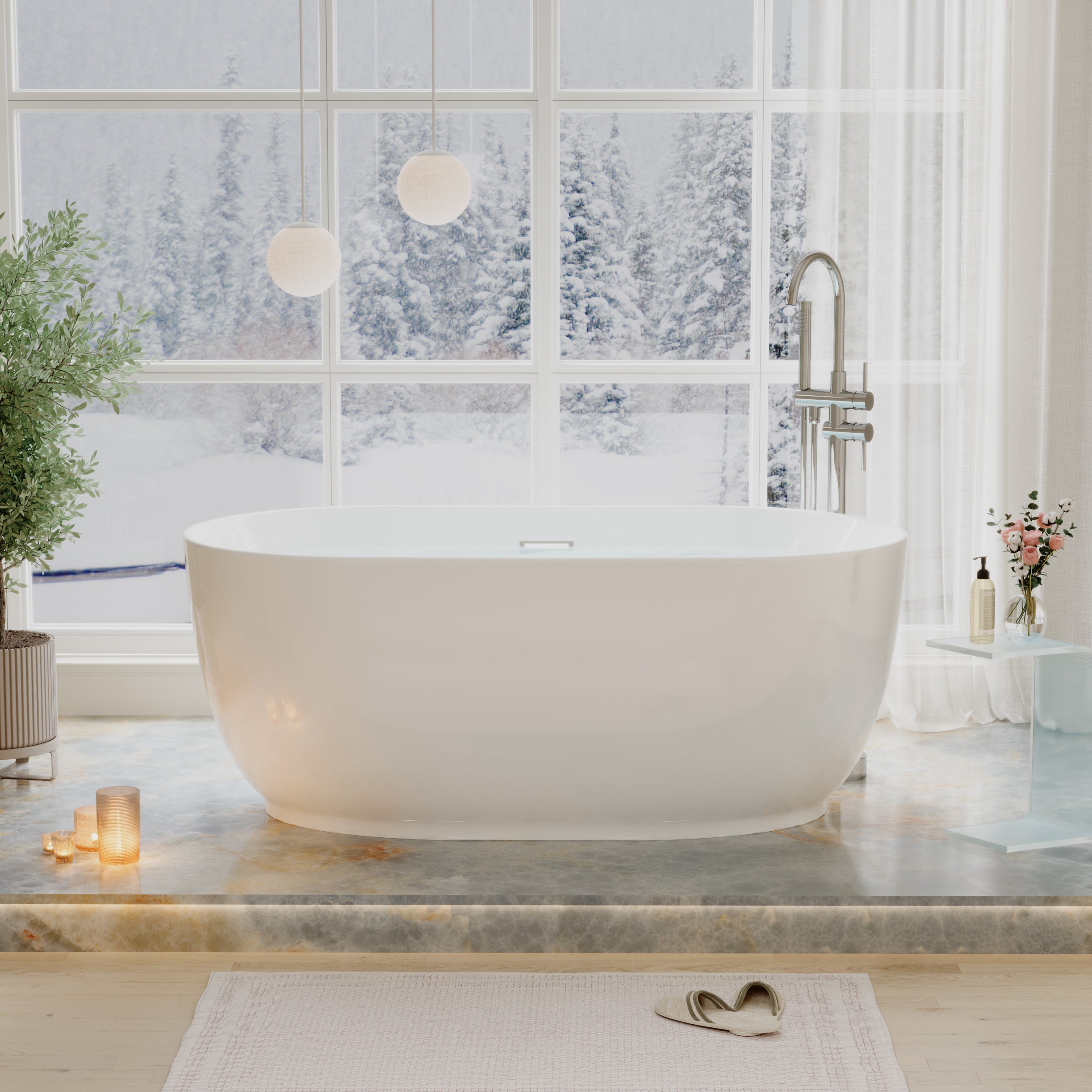
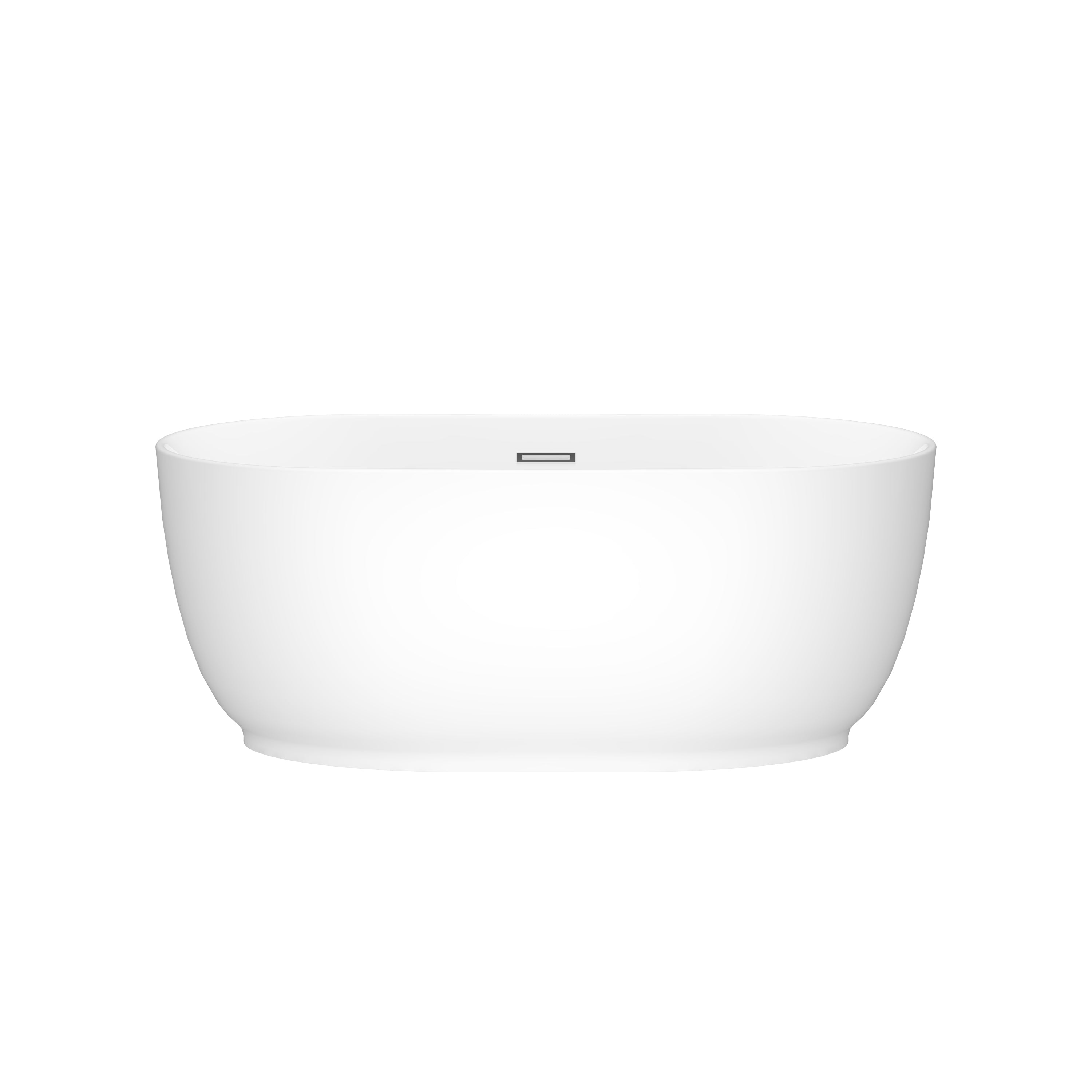
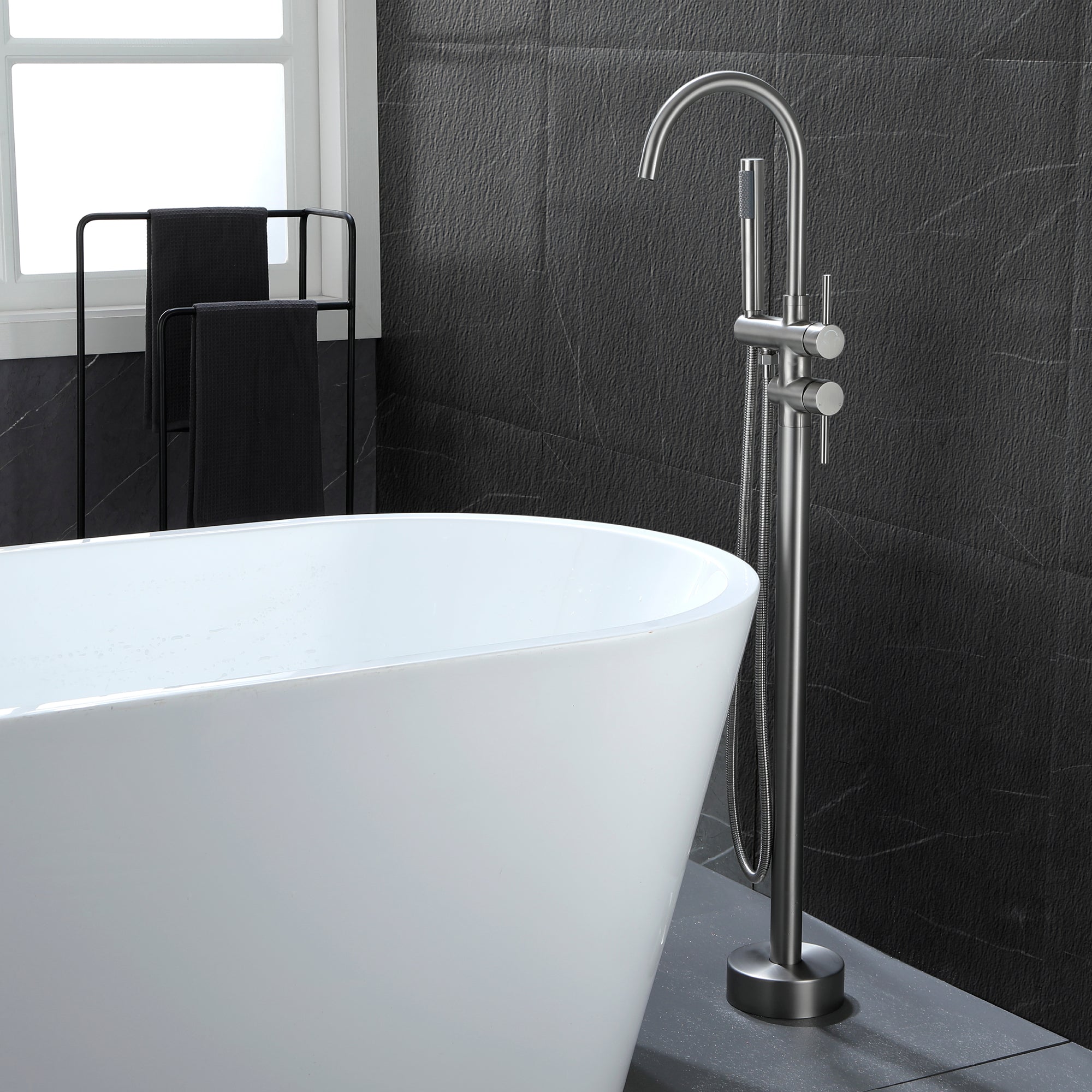

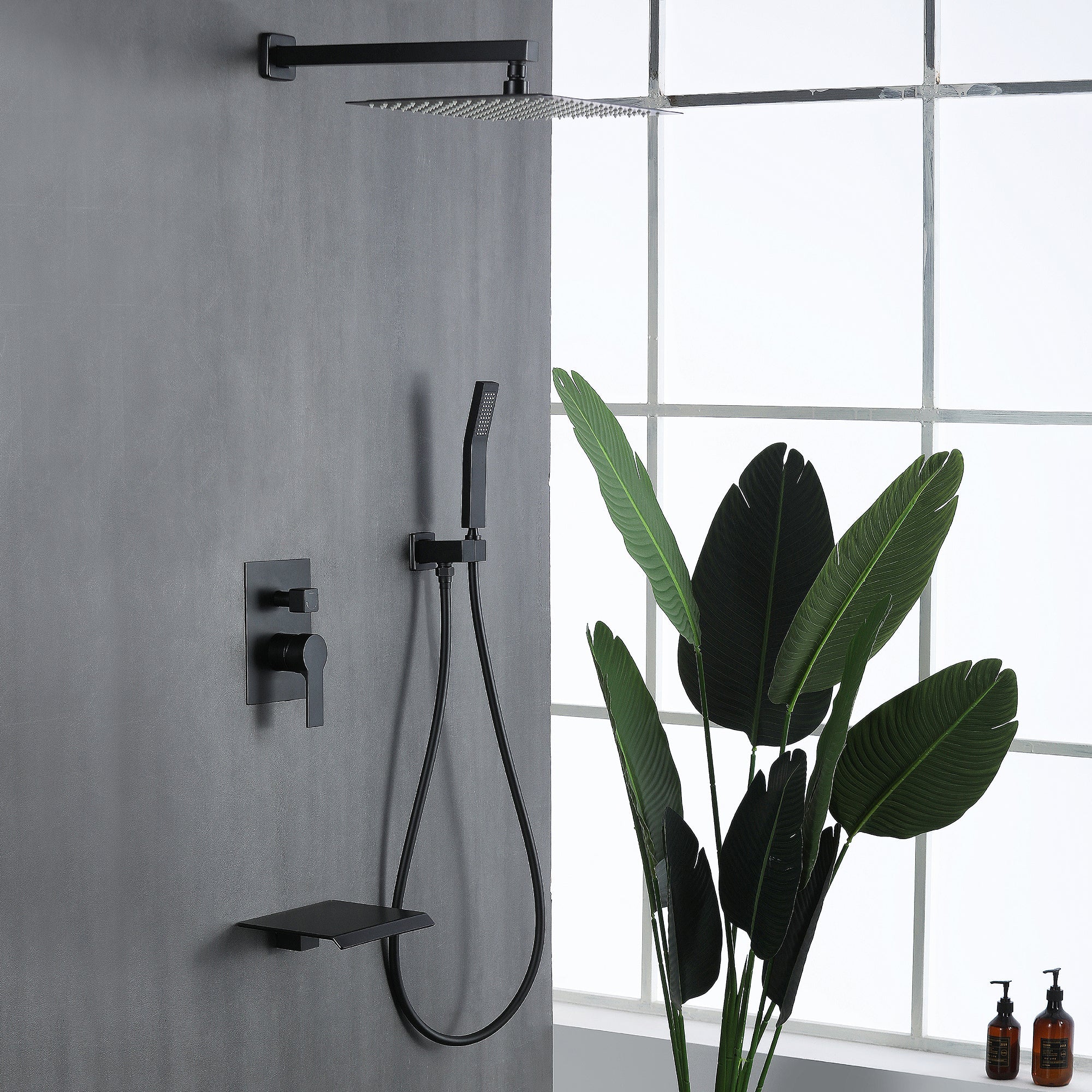
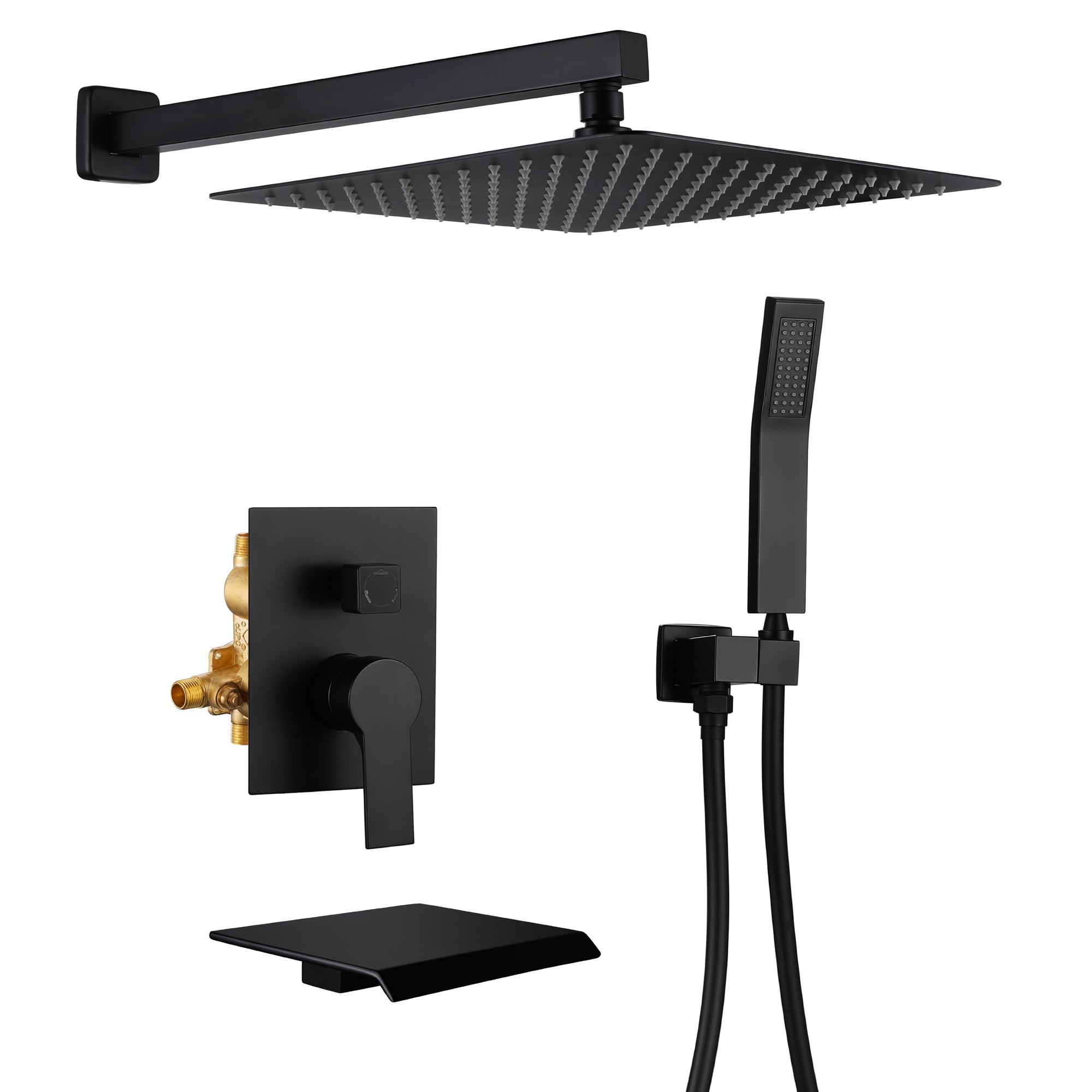
Leave a comment
This site is protected by hCaptcha and the hCaptcha Privacy Policy and Terms of Service apply.